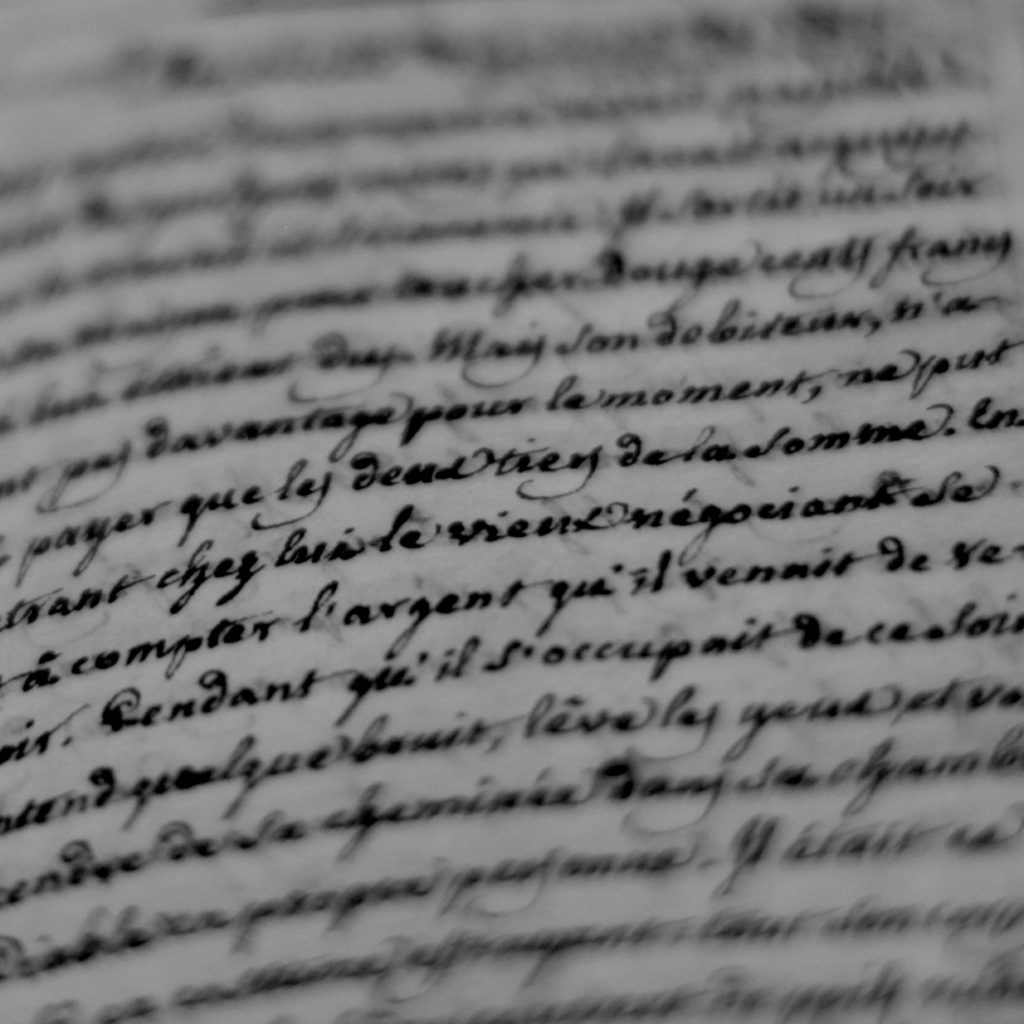A Brief Guide to The Roman Catholic Church

In this series of articles I am sharing parts of an article written by Trevin Wax on the Gospel Coalition website. In that article he gives a brief introduction to the various branches of the Christian Church. The original article can be accessed here.
The Roman Catholic Church
Name: Roman Catholic churches are often just called “Catholic,” which means “universal” or “all-encompassing.” The “Roman” refers to the primacy placed on the pope, or bishop of Rome.
History: Before the split between East and West in 1054, there were seven ecumenical councils accepted by most churches in the world as correctly defining Scriptural teaching on the nature of the triune God and the divinity of Jesus Christ. Augustine of Hippo is the most influential theologian in the Western tradition. The Western church (Roman Catholics) continued to develop theologically in the years following the division with the East, with historical figures such as Anselm of Canterbury, Thomas Aquinas, and Francis of Assisi leading schools and movements. Disputes over the papacy, theology, and various practices prompted the Protestant Reformation in the 1500s. Here is a brief essay on Roman Catholic theology.
What Church Is Like: The Roman Catholic Church places a high priority on the particulars of liturgical worship. Sanctuaries include various statues and images for veneration. Catholics believe there is precedent for praying to saints and to Mary. A worship service engages all the senses, with incense, singing, Scripture reading, and a homily, culminating with the celebration of the Eucharist.
Polity: Authority rests with the bishops who follow in the succession of the apostles. Bishops are helped by male priests (also known as elders or presbyters) to pastor the people. Deacons serve the material needs of the congregation. The pope, the bishop of Rome, is the key human authority over the church, who is infallible when speaking ex cathedra (from the full seat of authority on issues of faith or morals).
Distinctives:
- There are seven sacraments (means of grace): baptism, confirmation, Eucharist, penance, anointing of the sick, marriage, and ordination.
- The Roman Catholic Church has developed a specific view of the Eucharist (“transubstantiation”), which describes the bread and wine as being changed at consecration—in substance (though not outward form)—into the physical body and blood of Christ.
- The Roman Catholic canon contains intertestamental books not included in the Protestant canon: Tobit, Judith, 1 & 2 Maccabees, Wisdom of Solomon, Sirach, Baruch, and additions to Esther.
- Celibacy is the rule for all bishops and priests (with a few exceptions).
- Doctrinal emphasis on the atonement.
- Within Catholic theology, justification is seen as encompassing the whole of salvation, whereby the righteousness of Christ is infused into the believer, which aids a person in doing good works.
Famous Figures: Thomas Aquinas, Francis of Assisi, Erasmus, Teresa de Avila, Blaise Pascal, Mother Teresa, Thomas Merton, John Henry Newman, Pope John Paul II, Dorothy Day, Robert Barron.
In Christ,
Bret
